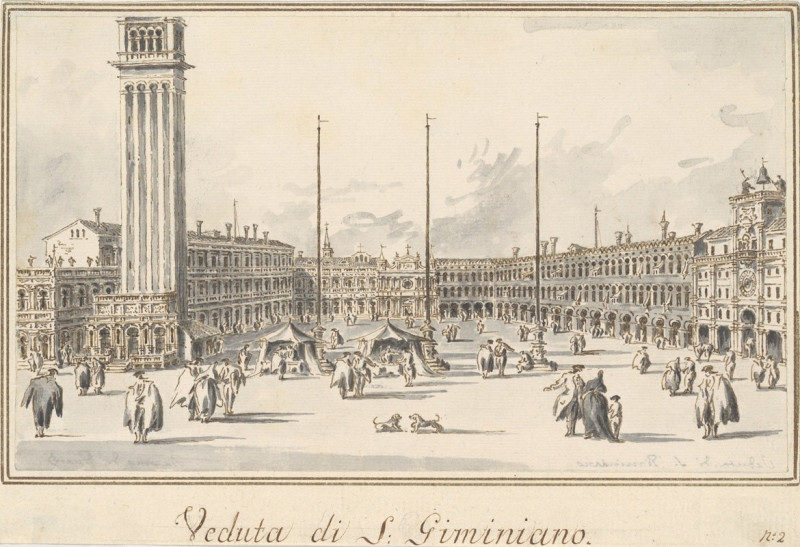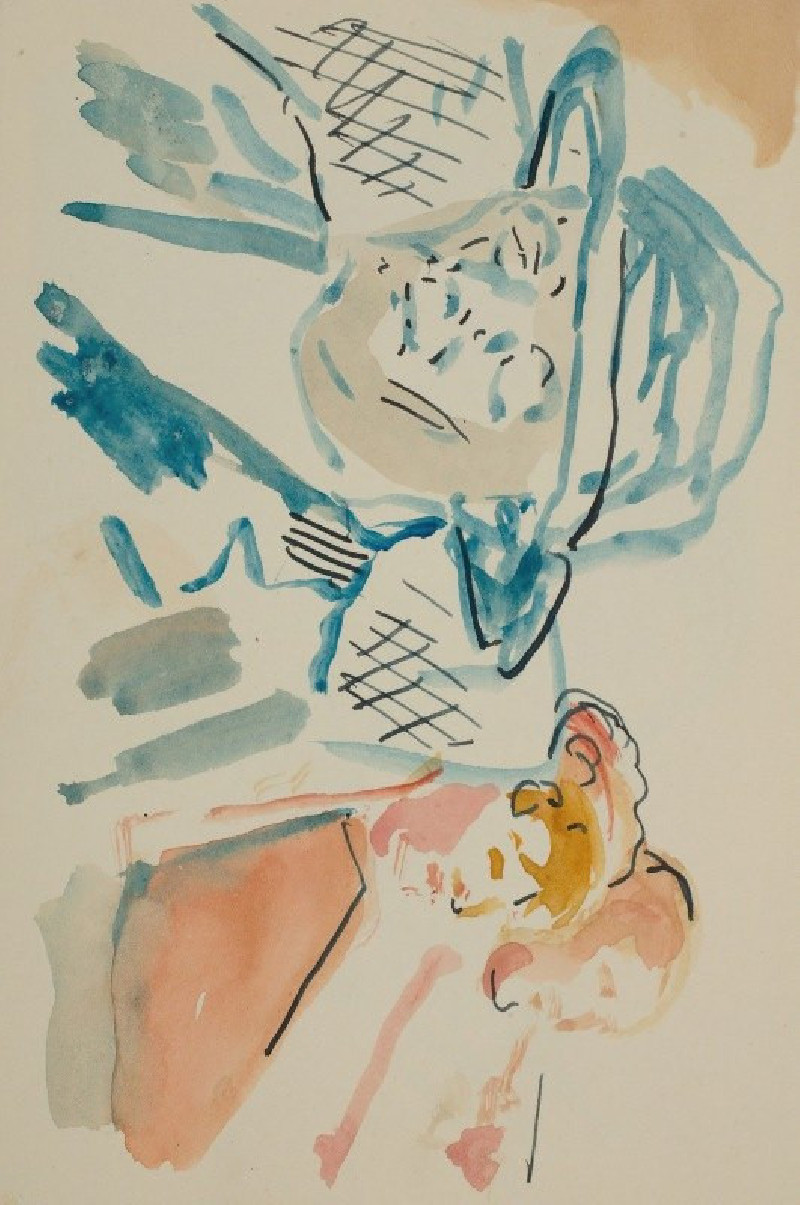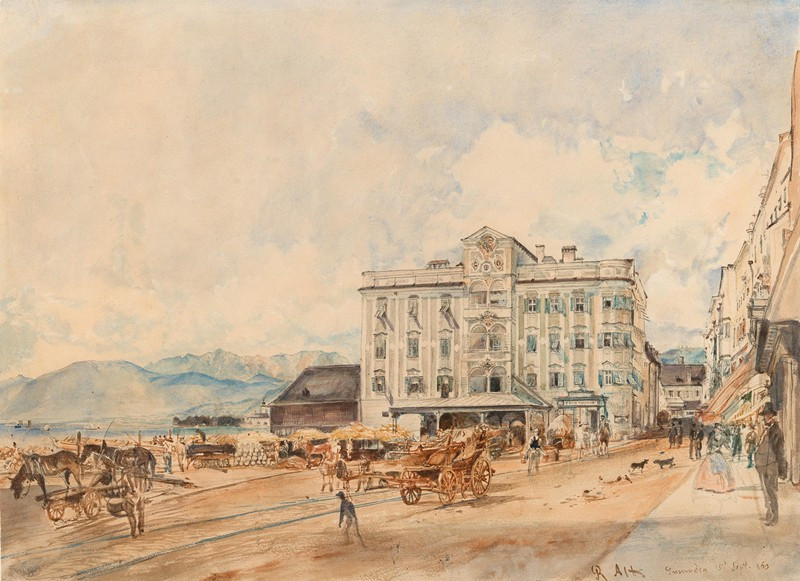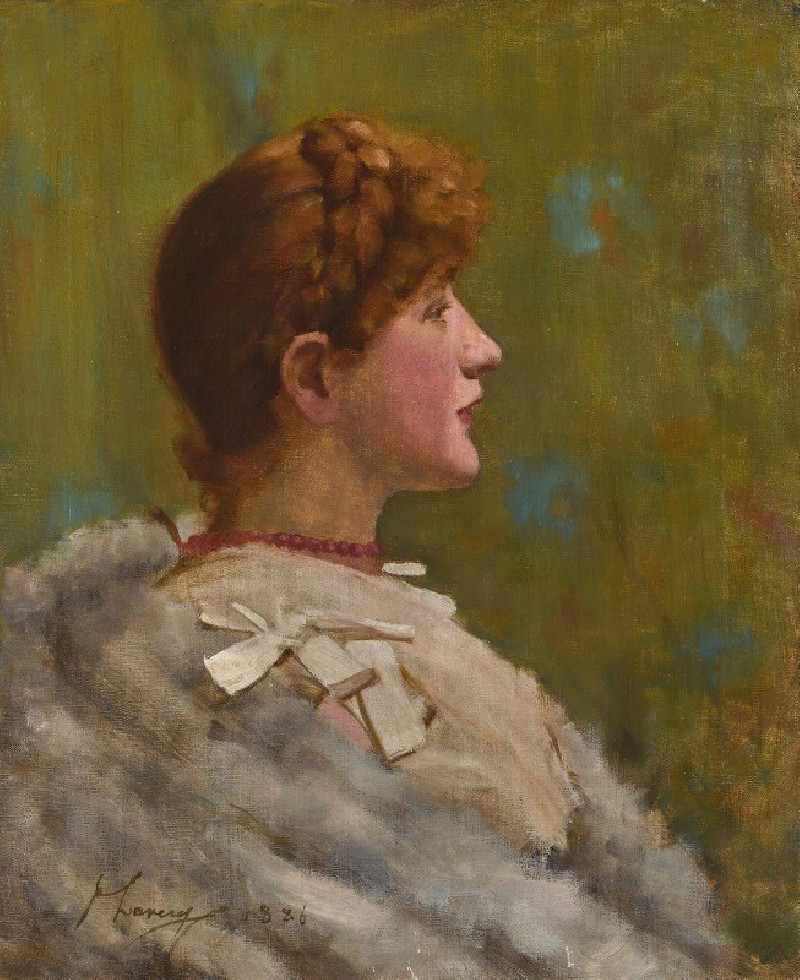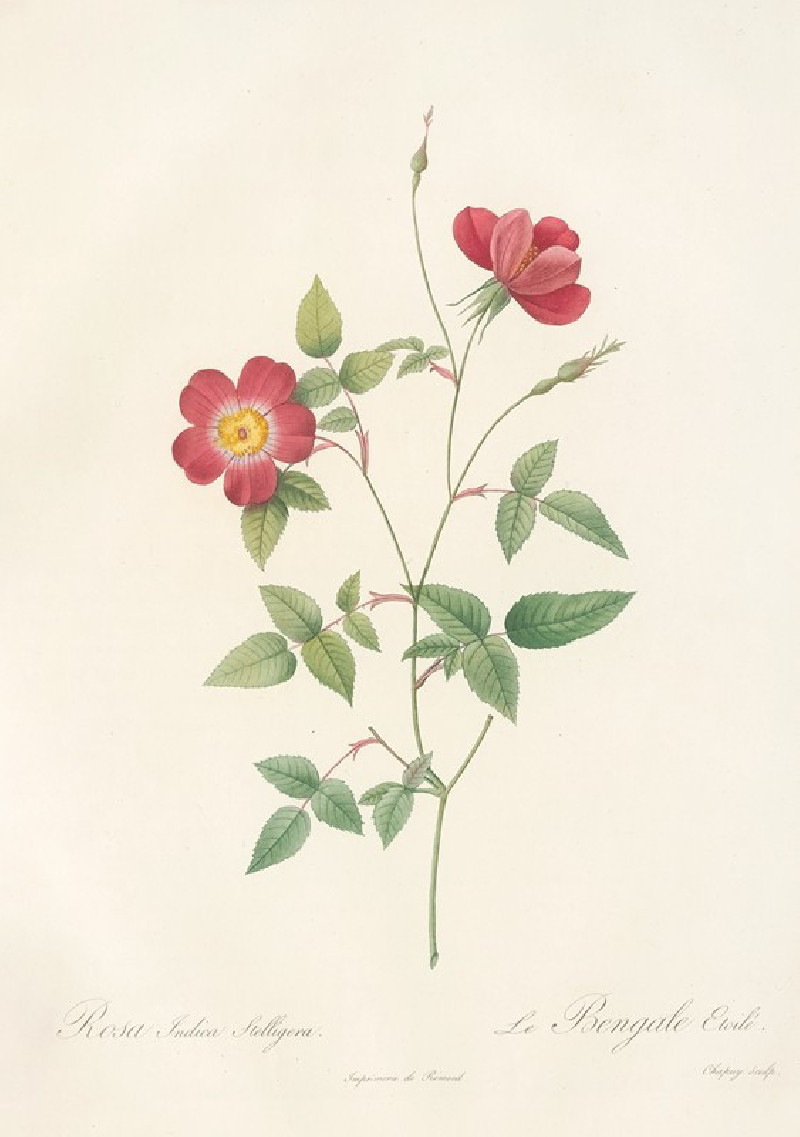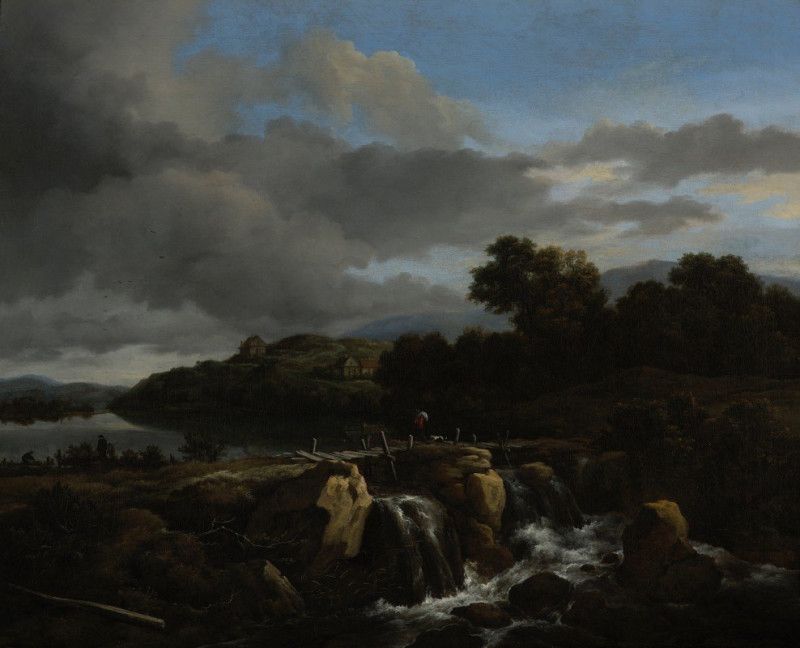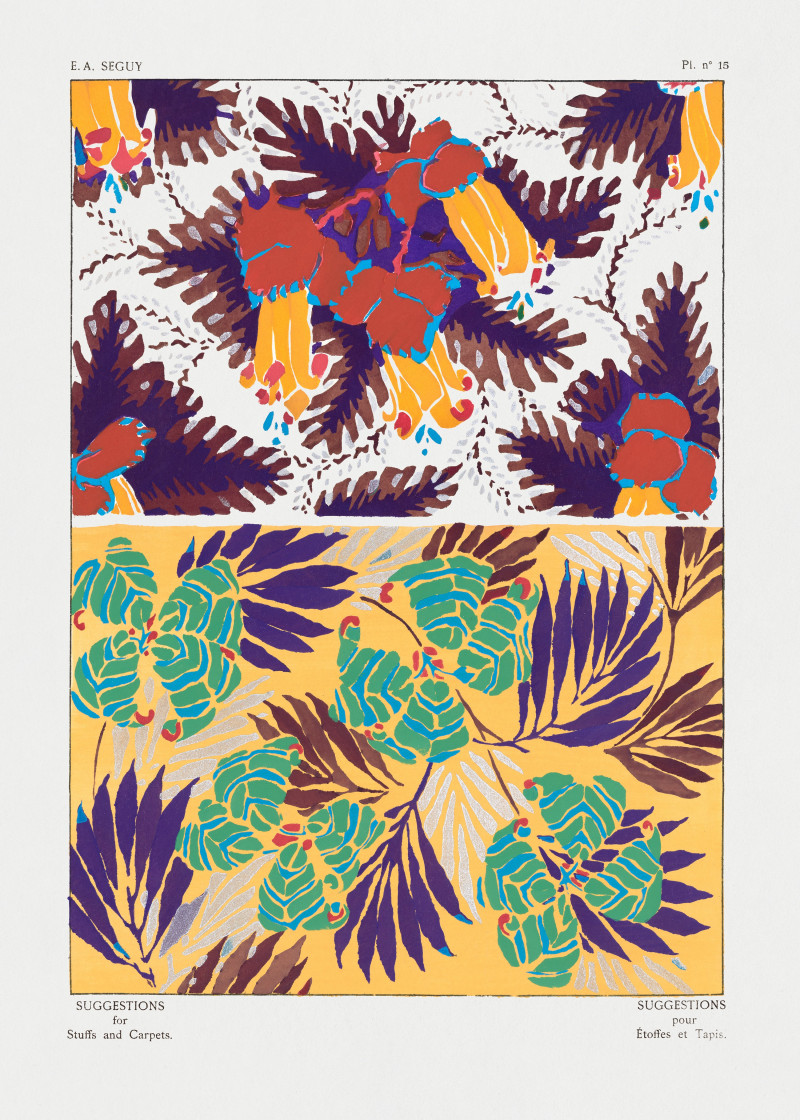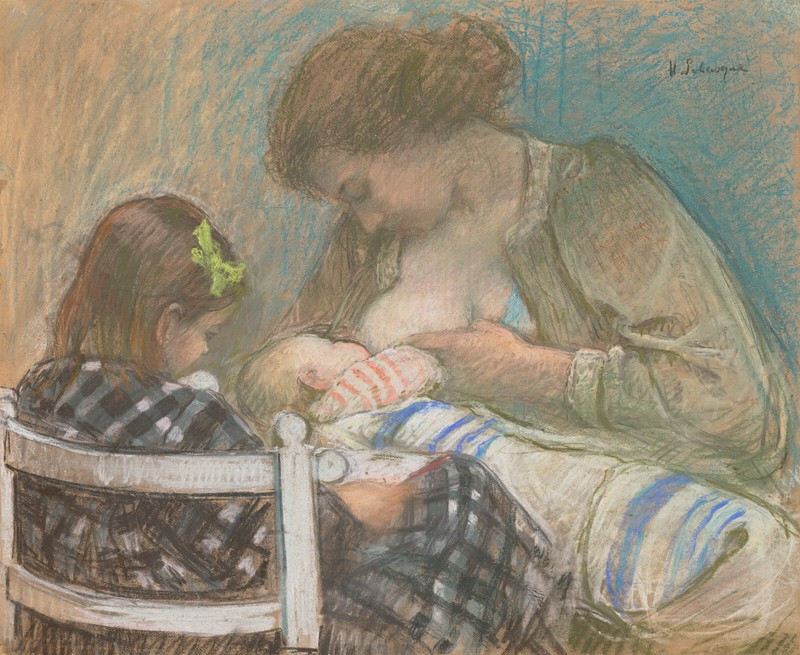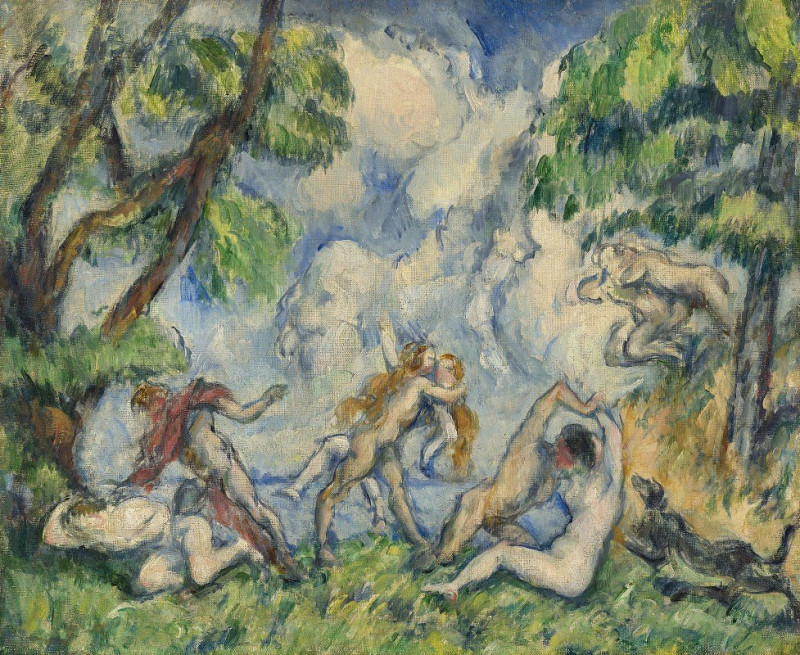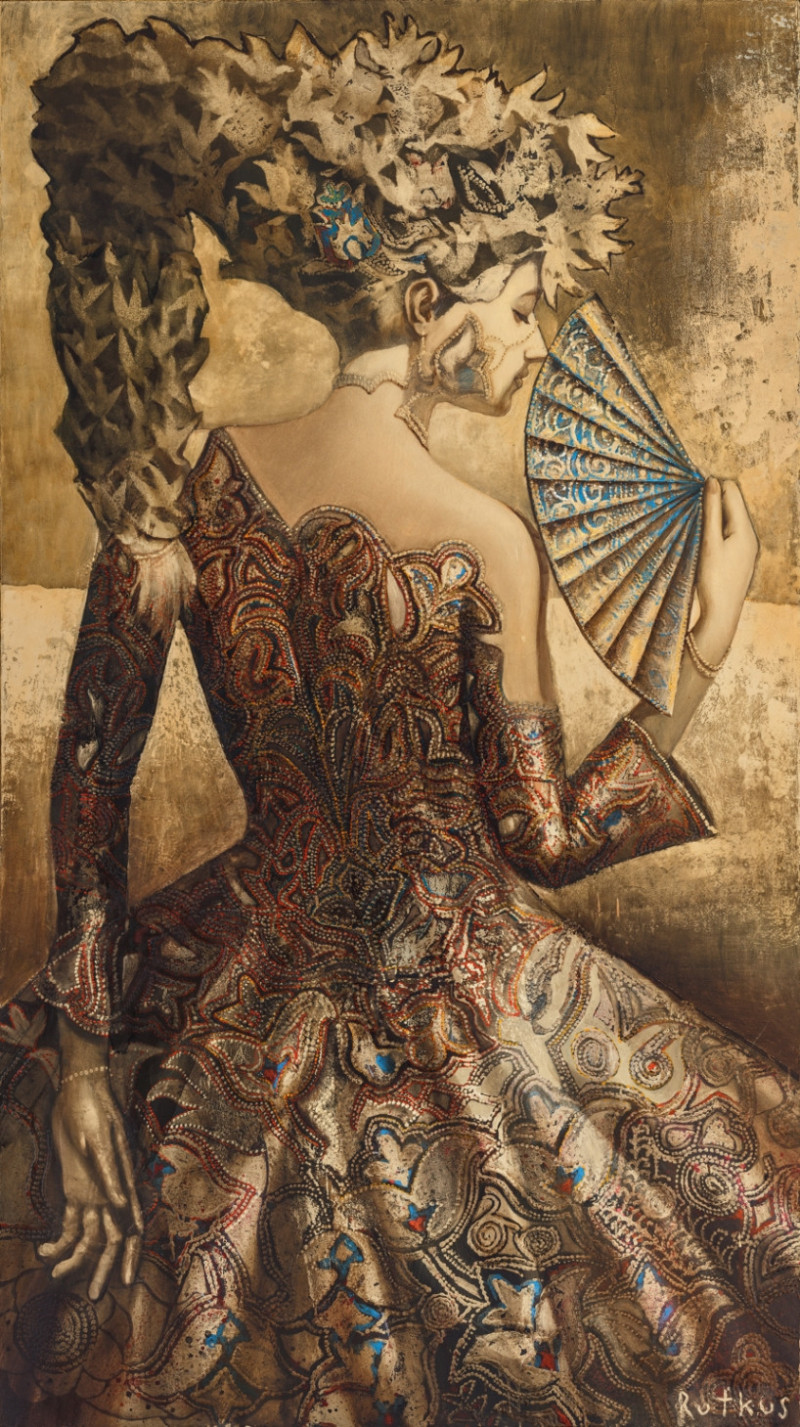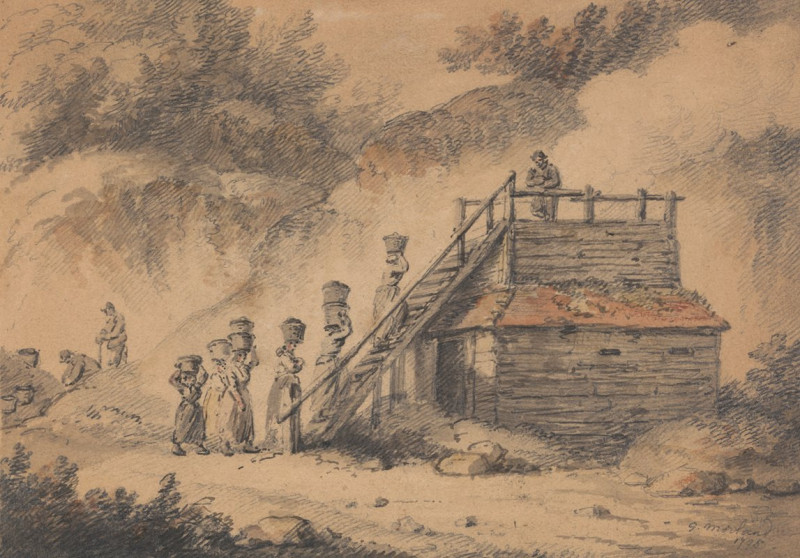King’s College Chapel–Cambridge
Technique: Giclée quality print
Recommended by our customers
More about this artwork
David Roberts’ painting "King’s College Chapel–Cambridge" captures the awe-inspiring interior of one of the University of Cambridge's most iconic buildings. This striking artwork reveals Roberts’ attention to architectural detail and his ability to imbue his paintings with atmospheric depth.The composition of the painting directs our eyes towards the magnificent stained-glass windows that adorn the chapel, filtered light casting vibrant colors onto the stone floor and creating a serene ambiance. Roberts also skillfully depicts the elaborate fan vaulting overhead, an exquisite example of late Gothic architecture, which enhances the verticality and grandeur of the setting.In the foreground, figures in period attire provide a sense of scale and life, their presence inviting contemplation and reverence. Their colorful garments contrast with the stonework, adding vitality and human warmth to the majestic and solemn architectural scene.
Delivery
Returns
David Roberts (24 October 1796 – 25 November 1864) was a Scottish painter. He is especially known for The Holy Land, Syria, Idumea, Arabia, Egypt, and Nubia, a prolific series of detailed lithograph prints of Egypt and the Near East that he produced from sketches he made during long tours of the region (1838–1840). These and his large oil paintings of similar subjects made him a prominent Orientalist painter. He was elected as a Royal Academician in 1841.

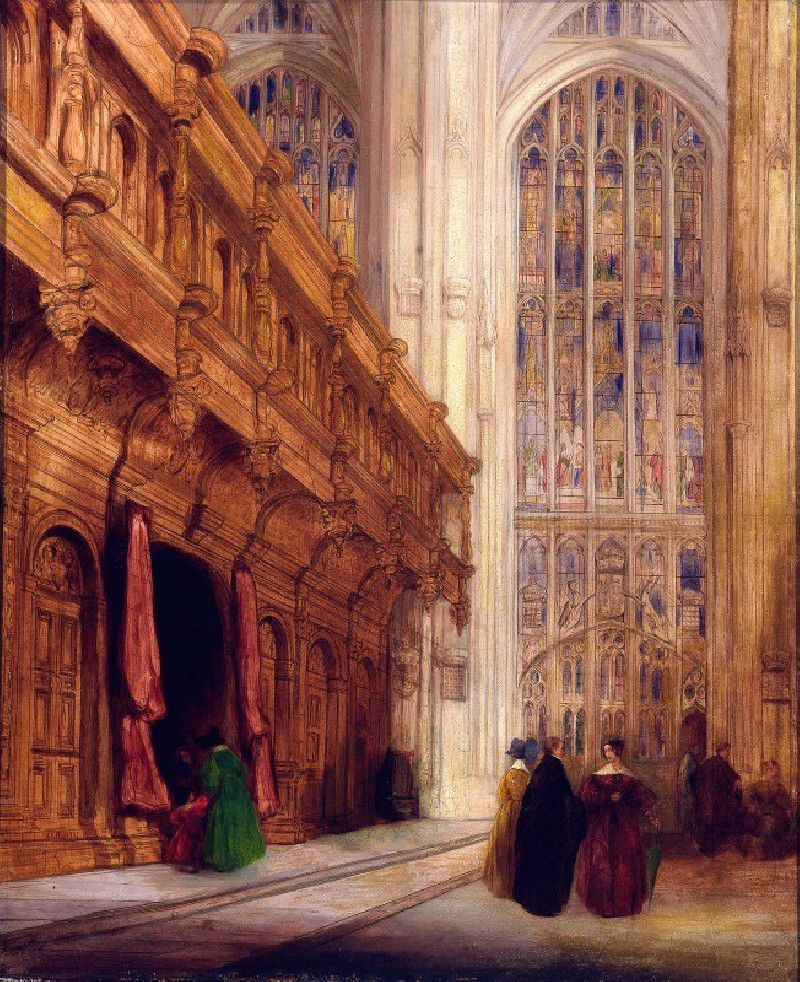
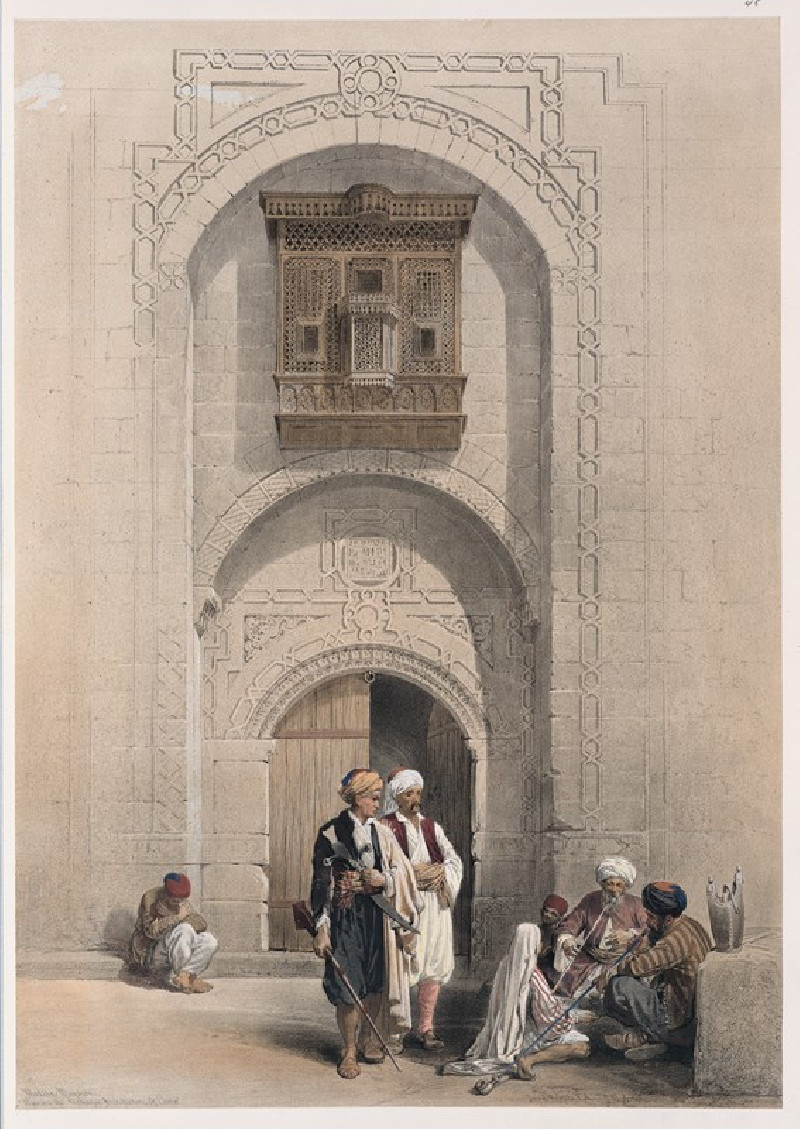
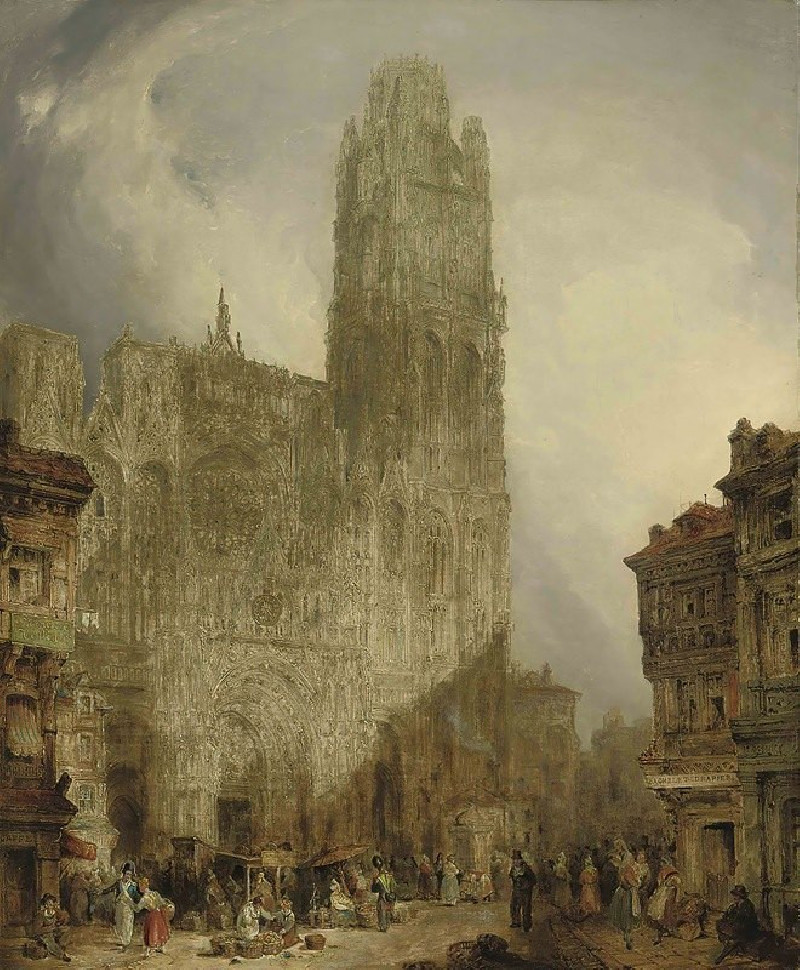
![Siout [Asyût]. Upper Egypt. (1846-1849) reproduction of painting by David Roberts. ALL GICLEE PRINTS](https://reprodukcijos.lt/39216-large_default/reproduction-of-siout-asyut-upper-egypt-1846-1849.jpg)
![Hermont [Armant], ancient Hirmonthis. Nov. 26th, 1838. (1846-1849) reproduction of painting by David Roberts. ALL GICLEE PRINTS](https://reprodukcijos.lt/39215-large_default/reproduction-of-hermont-armant-ancient-hirmonthis-nov-26th-1838-1846-1849.jpg)
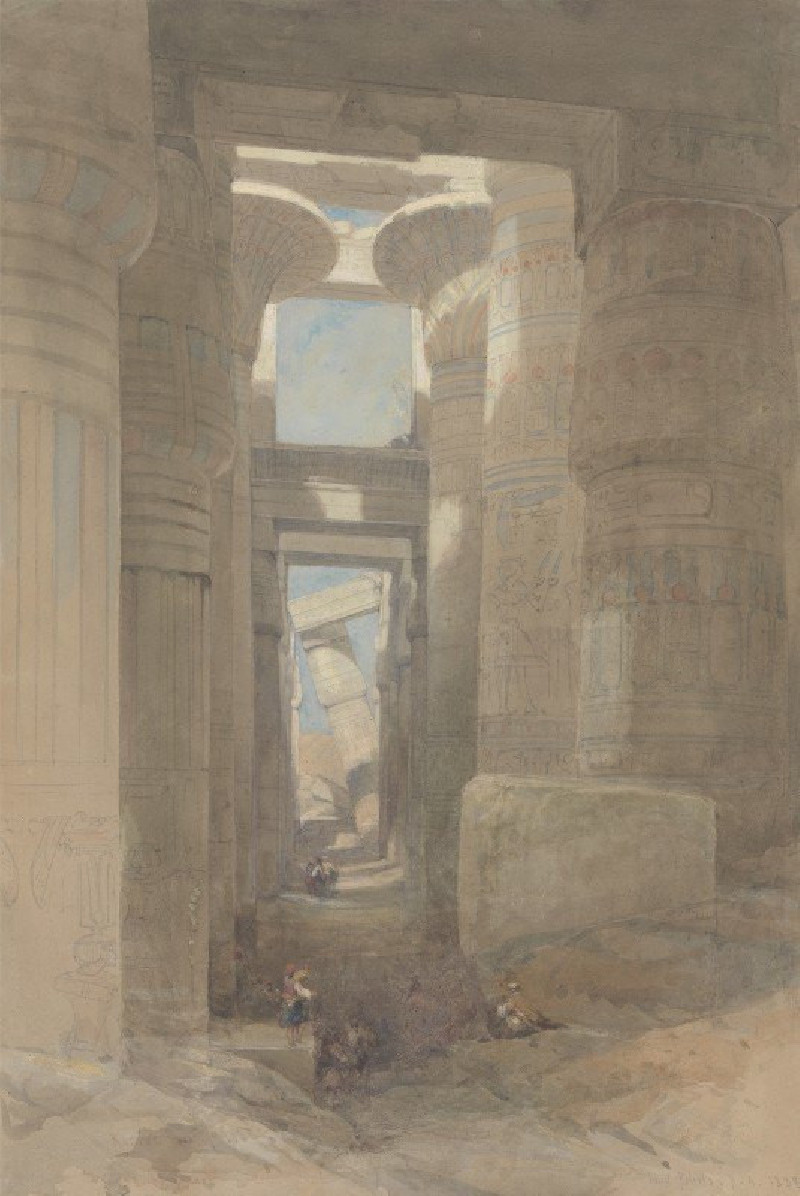
![Temple of Wady Saboua [Wadi al-Sabua], Nubia. (1846-1849) reproduction of painting by David Roberts. ALL GICLEE PRINTS](https://reprodukcijos.lt/39213-large_default/reproduction-of-temple-of-wady-saboua-wadi-al-sabua-nubia-1846-1849.jpg)
![Portico of the Temple of Edfou [Idfû], Upper Egypt. Nov. 23rd, 1838. (1846-1849) reproduction of painting by David Roberts. A...](https://reprodukcijos.lt/39212-large_default/reproduction-of-portico-of-the-temple-of-edfou-idfu-upper-egypt-nov-23rd-1838-1846-1849.jpg)
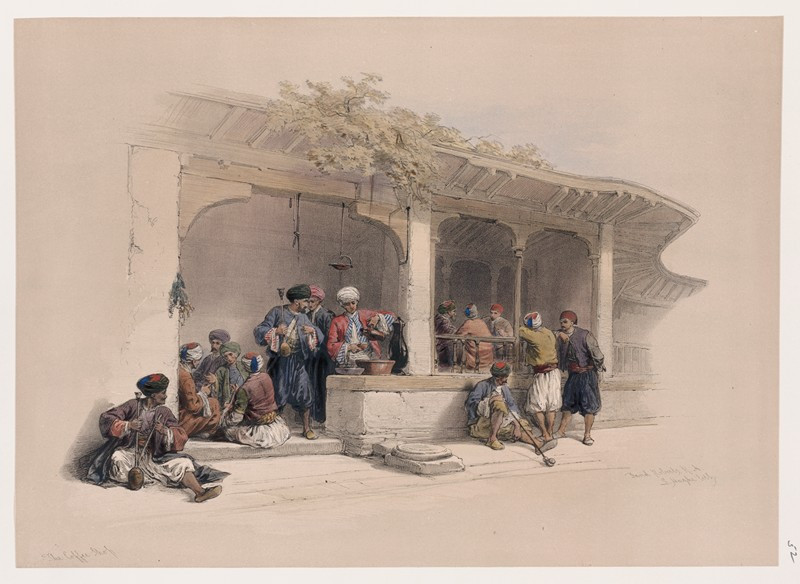
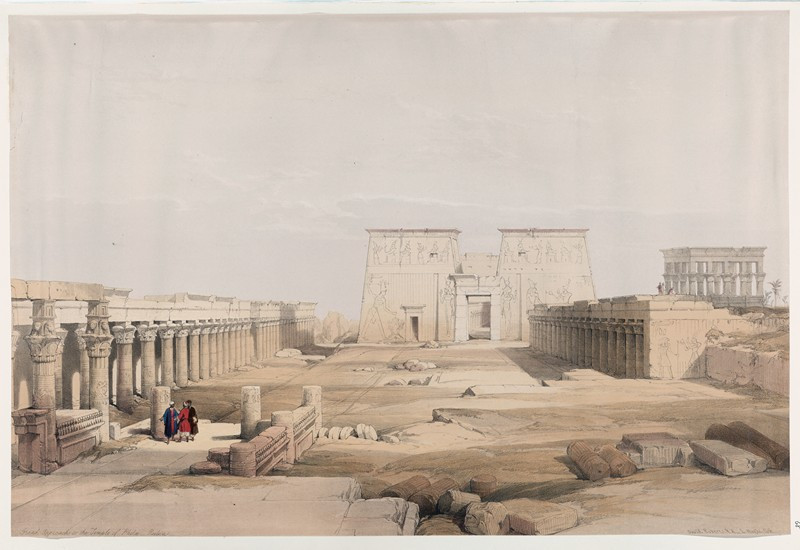
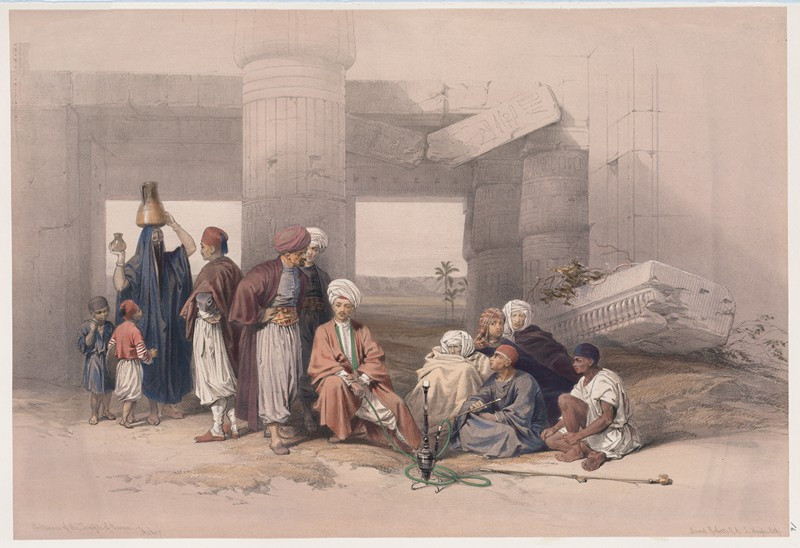
![Edfou [Edfu, Idfû]. Nov. 24th, 1838. (1846-1849) reproduction of painting by David Roberts. ALL GICLEE PRINTS](https://reprodukcijos.lt/39208-large_default/reproduction-of-edfou-edfu-idfu-nov-24th-1838-1846-1849.jpg)
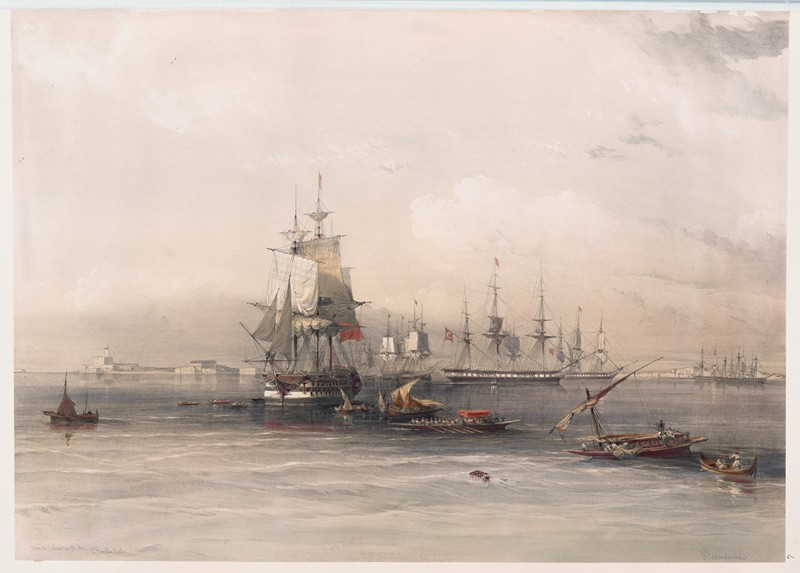
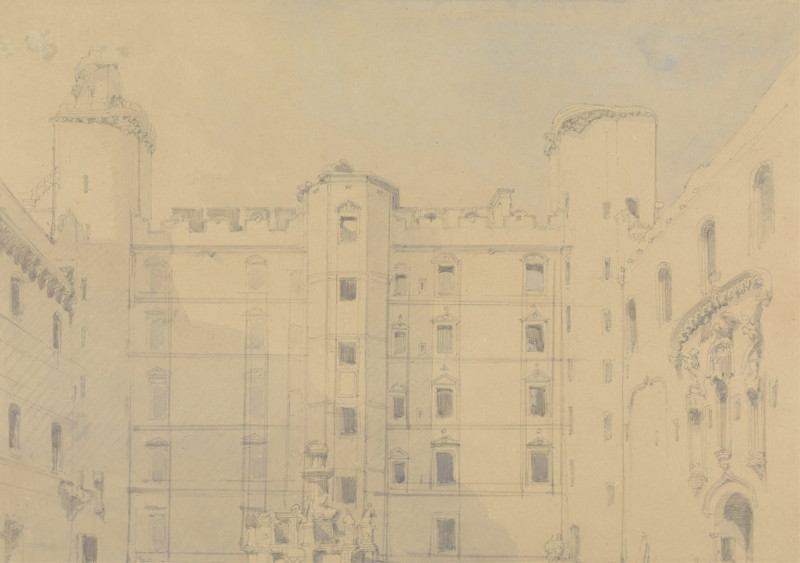
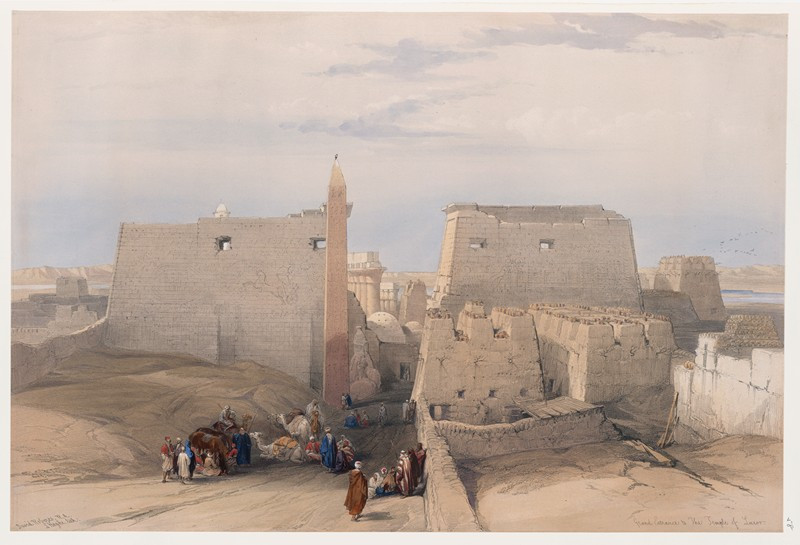

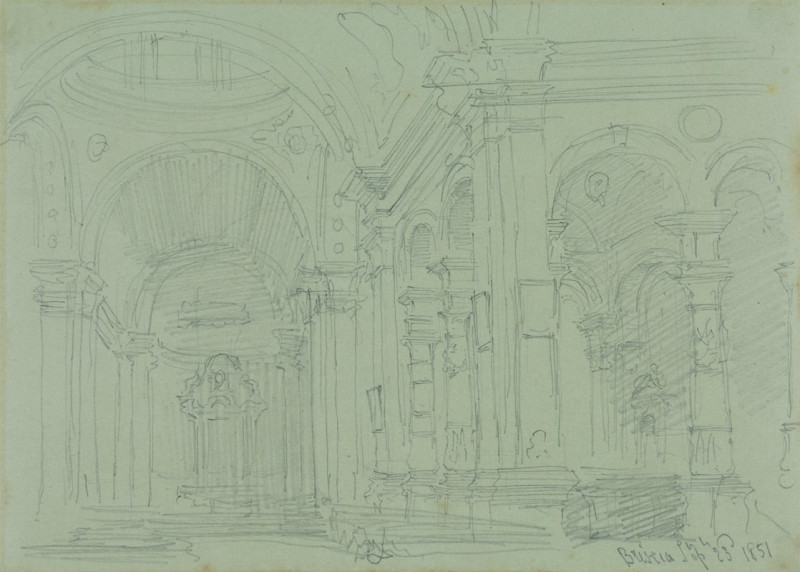
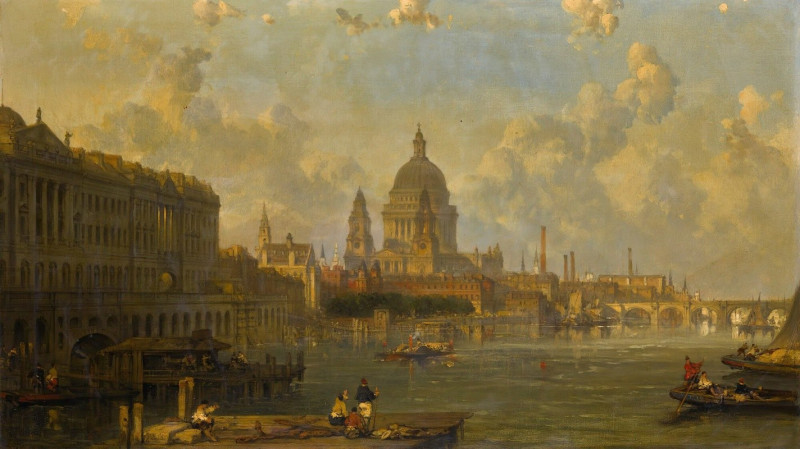
![Temple of Kalabshee [Kalabsha, Kalâbishah], Nubia. Nov. 1838. (1846-1849) reproduction of painting by David Roberts. ALL GICL...](https://reprodukcijos.lt/39201-large_default/reproduction-of-temple-of-kalabshee-kalabsha-kalabishah-nubia-nov-1838-1846-1849.jpg)
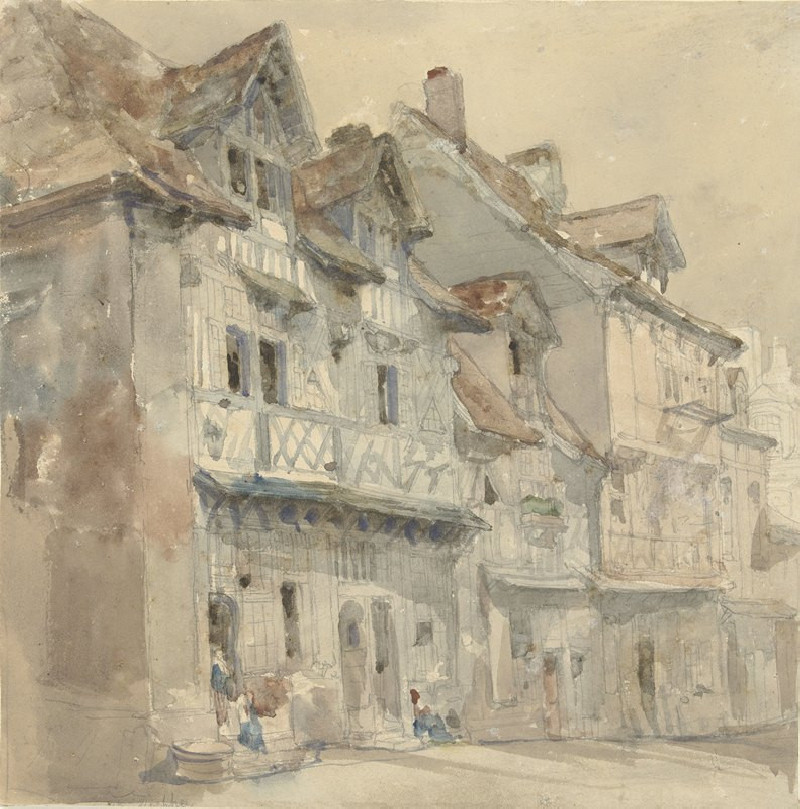
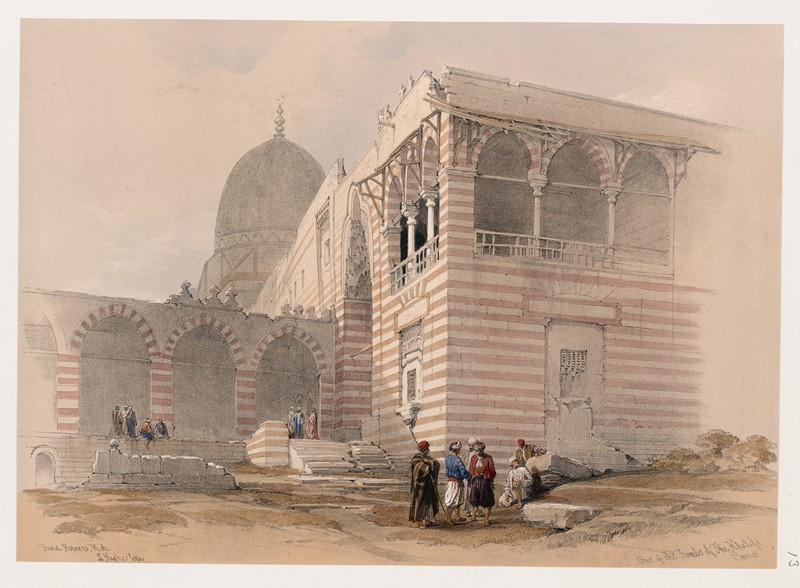
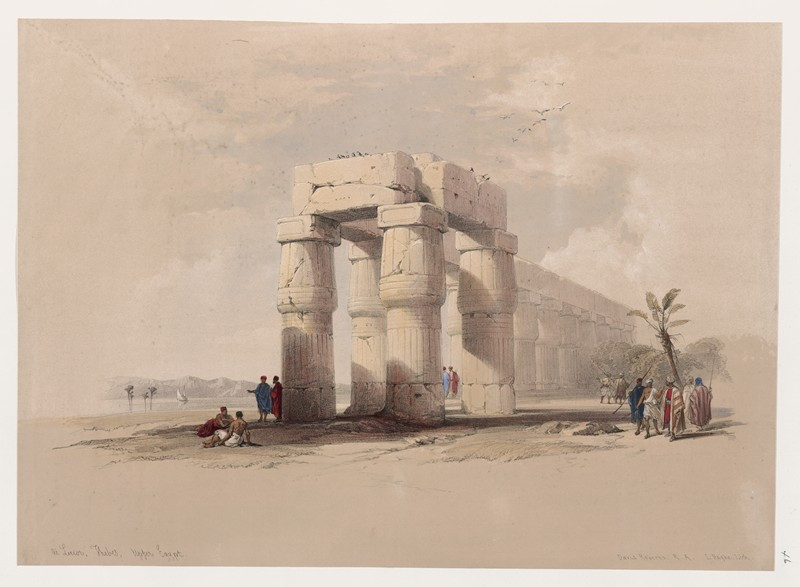
![Ruins of the Temple of Kardeseh [Qirtâsî], Nubia. (1846-1849) reproduction of painting by David Roberts. ALL GICLEE PRINTS](https://reprodukcijos.lt/39187-large_default/reproduction-of-ruins-of-the-temple-of-kardeseh-qirtasi-nubia-1846-1849.jpg)
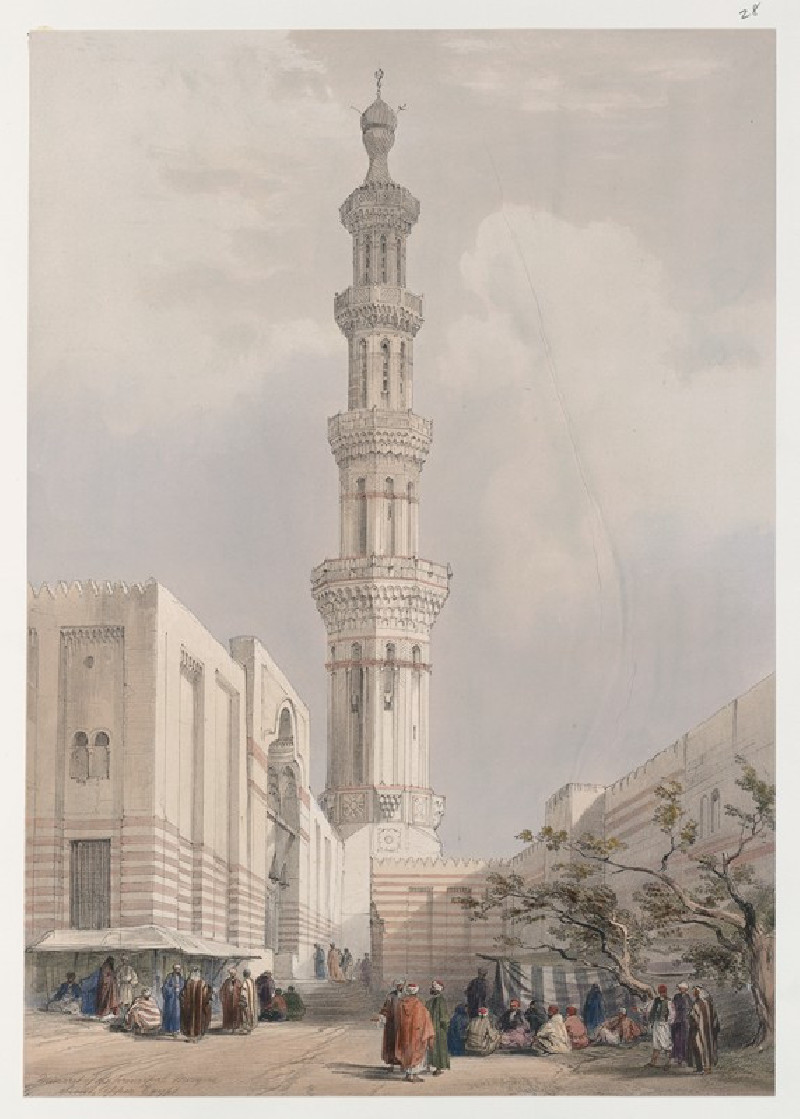
![Pyramids of Geezeh [Giza]. (1846-1849) reproduction of painting by David Roberts. ALL GICLEE PRINTS](https://reprodukcijos.lt/39185-large_default/reproduction-of-pyramids-of-geezeh-giza-1846-1849.jpg)
![Excavated temples of Aboosimble [Abû Sunbul], Nubia. (1846-1849) reproduction of painting by David Roberts. ALL GICLEE PRINTS](https://reprodukcijos.lt/39184-large_default/reproduction-of-excavated-temples-of-aboosimble-abu-sunbul-nubia-1846-1849.jpg)

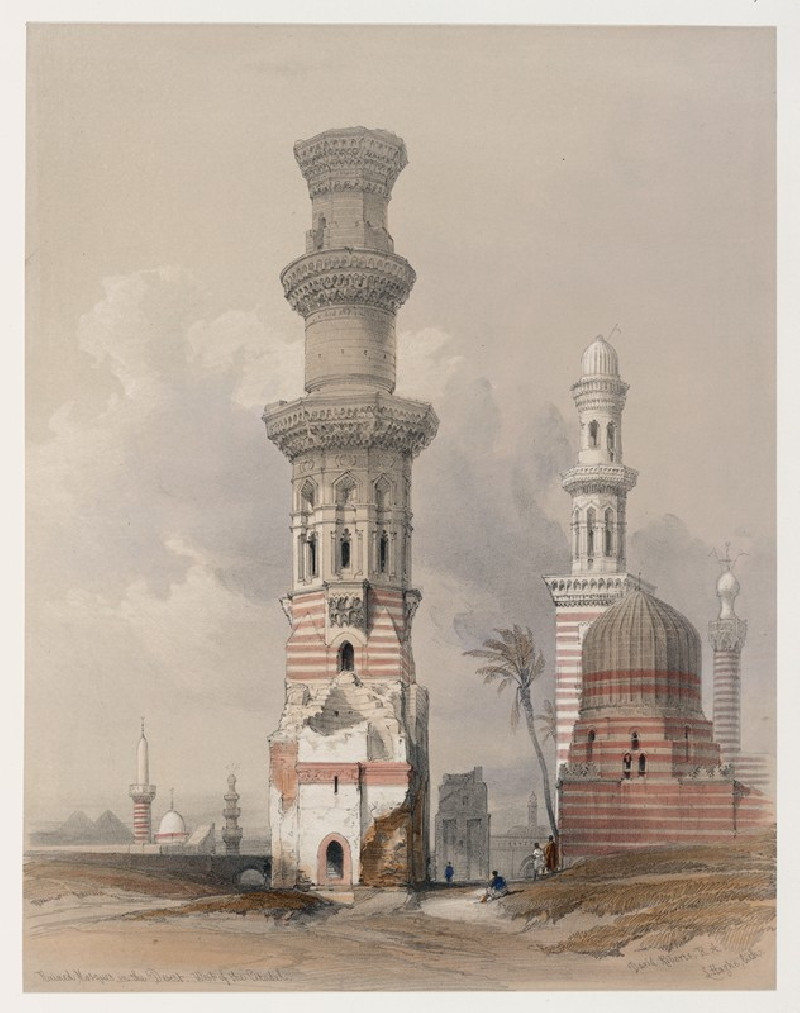


![Dayr el Medeeneh [Dayr al-Madînah], Thebes. (1846-1849) reproduction of painting by David Roberts. ALL GICLEE PRINTS](https://reprodukcijos.lt/39182-large_default/reproduction-of-dayr-el-medeeneh-dayr-al-madinah-thebes-1846-1849.jpg)
